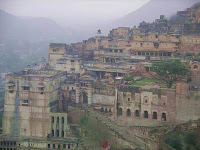 Bundi is a beautiful small town, situated 142 kms to south-east of Ajmer and only 39 km west of Kota. The town of Bundi is picturesquely seated in a narrow valley, brooded over by the imposing Taragarh Fort. The road that leads to Bundi town comes in along the other side of the valley so you have a good view over the town and across the fort as you arrive.
Bundi is a beautiful small town, situated 142 kms to south-east of Ajmer and only 39 km west of Kota. The town of Bundi is picturesquely seated in a narrow valley, brooded over by the imposing Taragarh Fort. The road that leads to Bundi town comes in along the other side of the valley so you have a good view over the town and across the fort as you arrive.Bundi is a historic town known for its ornate forts, places and baoris (stepwells) or water reservoirs. Taragarh Fort is the main attraction of the town. Built in 1372 AD, the fort can be reached by a steep road up the hillside to its massive gateway topped by rampant elephants. Inside the fort there are palaces and the Chitrashala or picture gallery with the walls covered in murals of hunting and religious scenes painted in the Bundi style. From the fort ramparts you will get the fine view of the Bundi town and the surrounding areas. Directly below the fort are the Ratan Daulat or horse stables.
Naval Sagar is an artificial lake visible from the fort as well. In the centre of the lake, there is a temple dedicated to Varuna, the Aryan God of Water. Just one km out of the town, the modern palace lies at Phool Sagar with its beautiful artificial tank and gardens. Shikar Burj is a small hunting loge and picnic spot near Bundi. You can see the cenotaphs of Bundi’s rulers near here at Khshar Bagh. Another small palace, Sukh Niwas is situated at the Jait Sagar tank.
For more info visit :
http://incrediblebundi.blogspot.com/
http://taragarhfort.blogspot.com



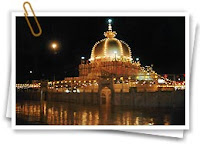
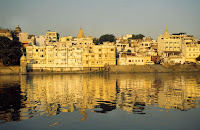
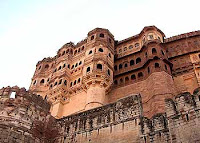 Rajasthan, second largest city after Jaipur, Jodhpur stands at the edge of the Great Indian Thar Desert. Jodhpur was founded in 1459 A.D by Rao Jodha, a chief of the Rajput clan known as the Rathores. Once the Rathore kingdom was also known as Marwar, the ‘Land of Death.’ The old city of Jodhpur is encircled by a massive 10 km long wall that was built about a century after the city was founded.
Rajasthan, second largest city after Jaipur, Jodhpur stands at the edge of the Great Indian Thar Desert. Jodhpur was founded in 1459 A.D by Rao Jodha, a chief of the Rajput clan known as the Rathores. Once the Rathore kingdom was also known as Marwar, the ‘Land of Death.’ The old city of Jodhpur is encircled by a massive 10 km long wall that was built about a century after the city was founded.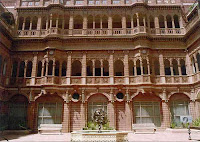


 Kerala, popularly known as God’s own country, is considered the most beautiful states of India. Situated in southern part of India, Kerala shares its western boundary with the Arabian Sea. Kerala has an extensive history of contact with the outside world. Even today in Kochi you will find a small community, who are the descendants of Jewish settlers who fled from Palestine 2,000 years ago. Long before Vasco da Gama led the Portuguese to India, Kerala had been known to the Phoenician who came in search of spices, sandalwood and ivory. Kerala was not only a spice country, but also a transshipment point from the Moluccas. The Arabs and Chines also made their mark on Kerala and fishermen of the Kochi still use Chinese Fishing nets.
Kerala, popularly known as God’s own country, is considered the most beautiful states of India. Situated in southern part of India, Kerala shares its western boundary with the Arabian Sea. Kerala has an extensive history of contact with the outside world. Even today in Kochi you will find a small community, who are the descendants of Jewish settlers who fled from Palestine 2,000 years ago. Long before Vasco da Gama led the Portuguese to India, Kerala had been known to the Phoenician who came in search of spices, sandalwood and ivory. Kerala was not only a spice country, but also a transshipment point from the Moluccas. The Arabs and Chines also made their mark on Kerala and fishermen of the Kochi still use Chinese Fishing nets.